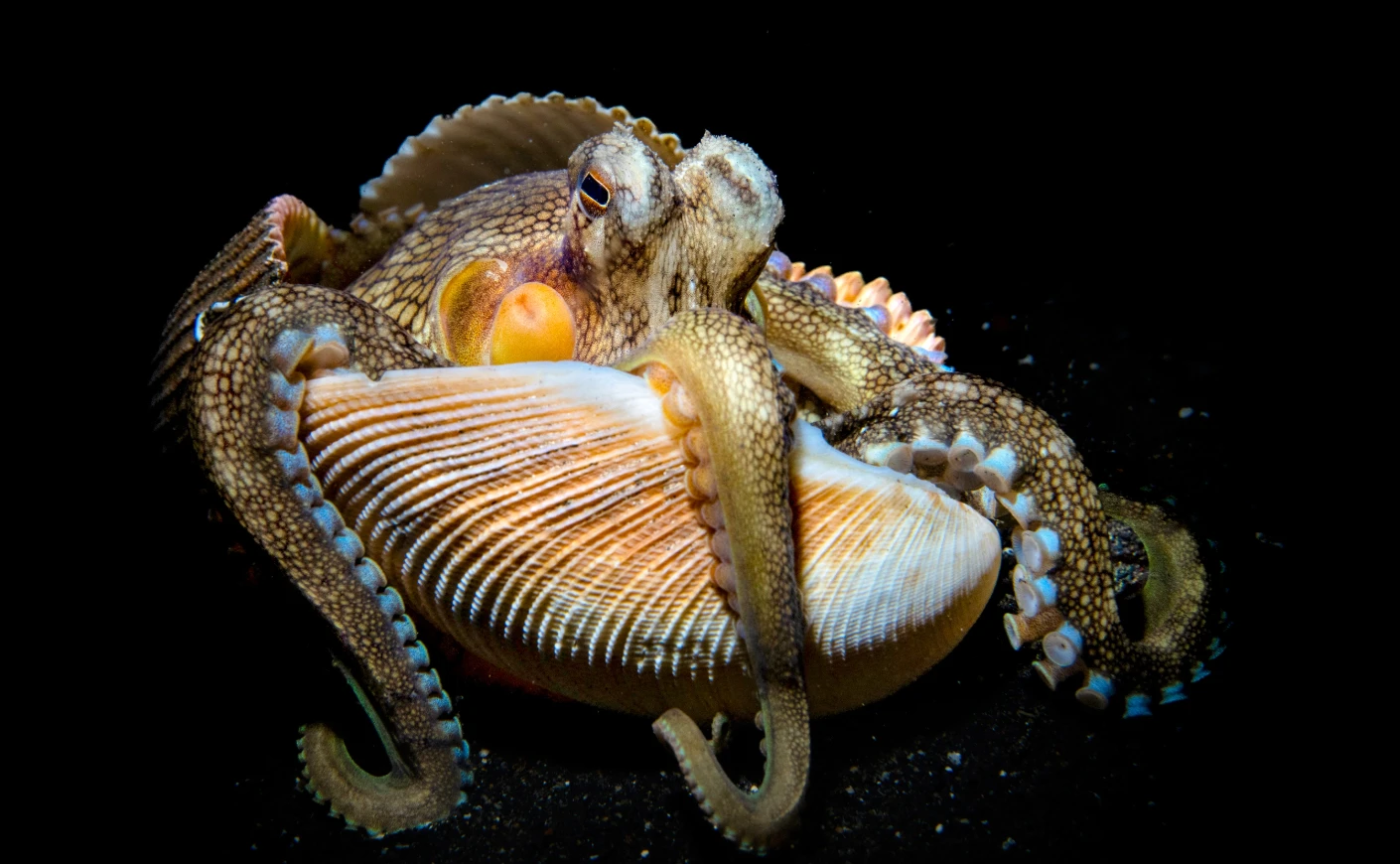I call this moment ‘Golden Bond.’ It’s about the connection between a mother and her cub in the golden twilight of a midsummer evening on a beautiful river somewhere in Alaska. Simplicity itself.
Simplicity in nature is often the most beautiful simplicity of all. What is simple always interests me. Every year, during the annual salmon run, brown bears emerge from the mists in the glacial peaks that ring southwestern Alaska’s wild coastline and riverine valleys. They’re there for one of the most spectacular, eye-filling — and ecologically vital — wildlife migrations in all of nature: the annual salmon run, in which 30 million salmon fight their way upstream to their natal streams. It’s an awe-inspiring sight, unforgettable in its own way.


During the seasonal salmon runs, giant males tend to guard the choicest fishing spots along the river.
The sockeye come first, then the pink salmon followed by coho, then the chum, and finally, the chinook. The migration encompasses five months in all, from late May through the middle of October, and it’s prime feeding time for bears. This is the time of year when bears have to store fat and nutritional value for the long, cold winter months ahead. In the fall, hyperphagia kicks in and these bears eat practically non-stop, gorging on hundreds of thousands of calories daily.
Every bear has its own favorite feeding ground – and habits. Alpha males can weigh as much as 1,500 pounds (680 kg), so it’s no surprise that they’re the first ones to grab the prime fishing spots along the river. Their sheer bulk and muscle mass allow them to wade into the middle of the rushing stream and just stand there, braced against the current as they gorge themselves on whatever fish happens to come their way.


Younger bears are quick and agile, and often retreat into tall stands of grass.
Next, come the younger males and females, known as subordinates. They’re not always wise, but they’re smart: They know enough to keep out of the way of the larger, more aggressive males.
And then there are the mothers and cubs.


During the seasonal salmon runs, mother bears must be alert, attentive, and focused at every minute to provide for their family while keeping them safe.
This is a sight that always gladdens my heart. These mothers are wise beyond words. They have to be, because they have the added responsibility of looking not only after themselves but their cubs as well. Young cubs especially are virtually defenseless and rely on their mothers for everything. Bringing her cubs to the river’s edge is perhaps the riskiest palace of all for a mother and her cubs.
Mother bears face many challenges but perhaps the most imposing of these is infanticide. Nature is not always pretty, and infanticide — in which male bears kill cubs, sometimes even their own — is a fact of life in the wild. No one really knows why, though there are theories based on scientific research and observation over the years, everything from reducing competition for scarce food resources to sexual selection to cubs as a source of food.
None of that matters to a mother bear, of course. What matters is that male bears, especially the large, dominant alpha males, will kill cubs, given the chance, and the mother’s responsibility is to do what she can to protect her young.


This little cub was still drinking its mother’s milk. At only five to six months old, it had already started acquiring a taste for grass, which is also rich in protein.
One early evening in late August, at the midpoint of the salmon run, I was standing on a serene, pristine stretch of riverbank when I sensed some movement above me. I heard a slight rustling, as if something big were moving around. I could hear salmon splashing in the river nearby; otherwise, the scene was quiet and eerily gentle. A handful of larger bears were fishing upstream, focused on grabbing an easy meal.
And then, suddenly, I sense it — something in the underbrush just above me, about eight feet away.
It was a mother and her cub. They poked their heads out of the bush; the cub could have been no more than eight months old. I slowed my breathing and avoided direct eye contact. I embraced a body position and body language of humility, almost as if I was apologizing for being on the river.
I didn’t have my telephoto lens with me, just my wide-angle zoom.
Ears up, eyes alert, the mother stepped out of the brush into the open. She didn’t give me even so much as a glance; to her, it was as if I wasn’t even there. Her attention was transfixed on this one large male feeding on fish just upstream, in his favorite fishing spot. He seemed oblivious to her presence — mine, too — but that didn’t stop her from looking, listening … learning.


The ocean waters I work to protect provide a vital home for the salmon that return to their natal streams in the never-ending cycle of life.
Everything slows down in moments like that. You calm your nerves, steady your hands as much as you can, and move very, very slowly and gently. I always teach my field assistants to move around the bears as if they are doing Tai Chi … even when they are in a rush to move or change a lens. Tai Chi. Every motion needs to be smooth, slow and studied.
I gently and very calmly raised the camera to my eye, desperate not to break the spell, and managed two quick captures and never for a second thought that I had captured the perfection of the moment. As it happened, one of those two captures has become one of the most pleasing images I have ever taken. I love it.
There is nothing like being in a situation where an animal like this accepts you into its presence and dictates the rules. She knew I was there. Her cub knew I was there. They knew I was not a threat. The real threat was the big male up the river. I just happened to be there, in one of those chance intersections of luck, timing, and happenstance, to capture this moment just as the last light of day was fading behind the mountains.


“Golden Bond”







